- projects
- rewilding ireland
- the thorny scrub project
Wild Gaia plans to purchase small plots of land (minimum 1 hectare (2.5 acres)). These plots can be on any marginal upland site across the Irish countryside.
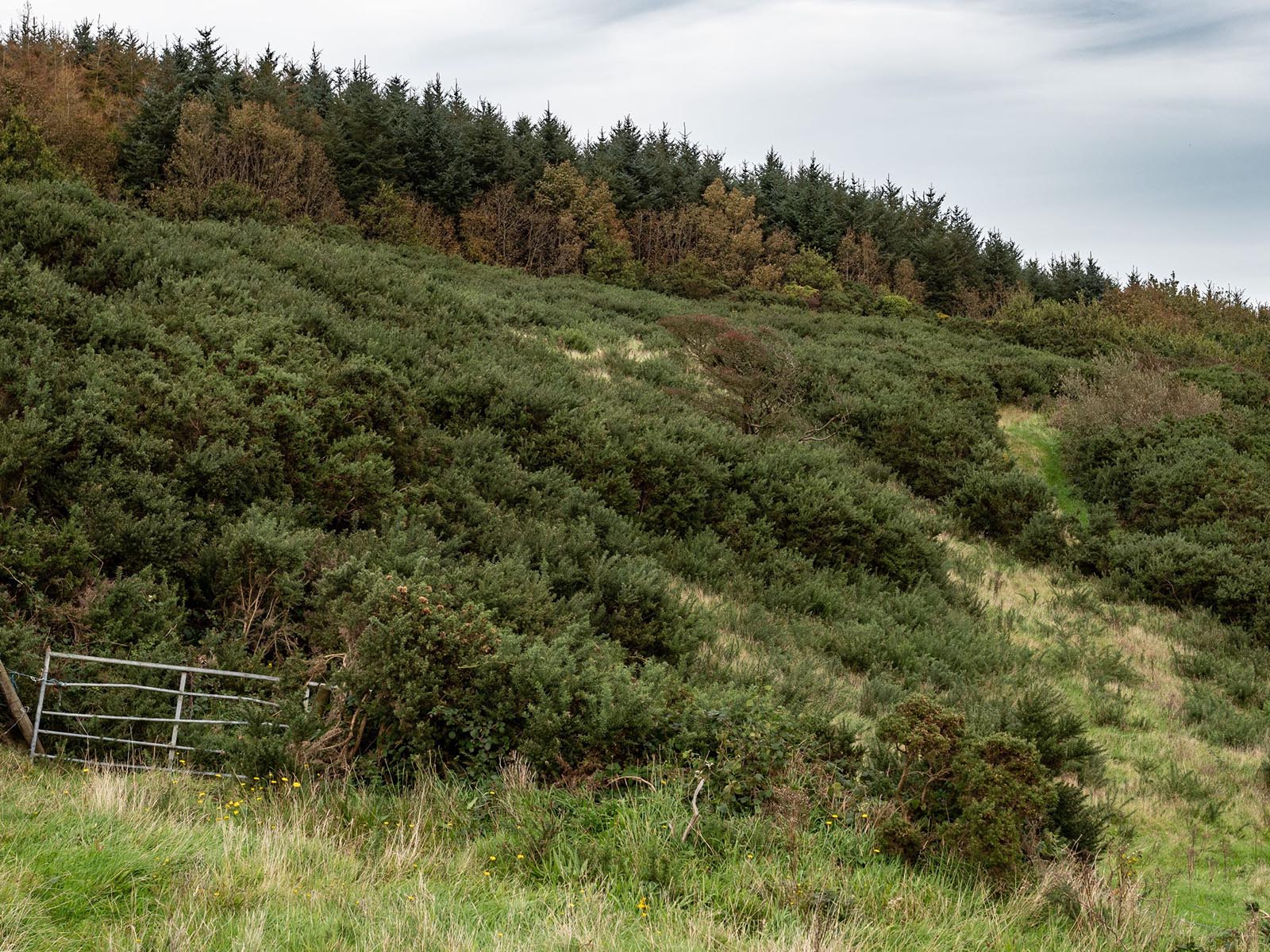
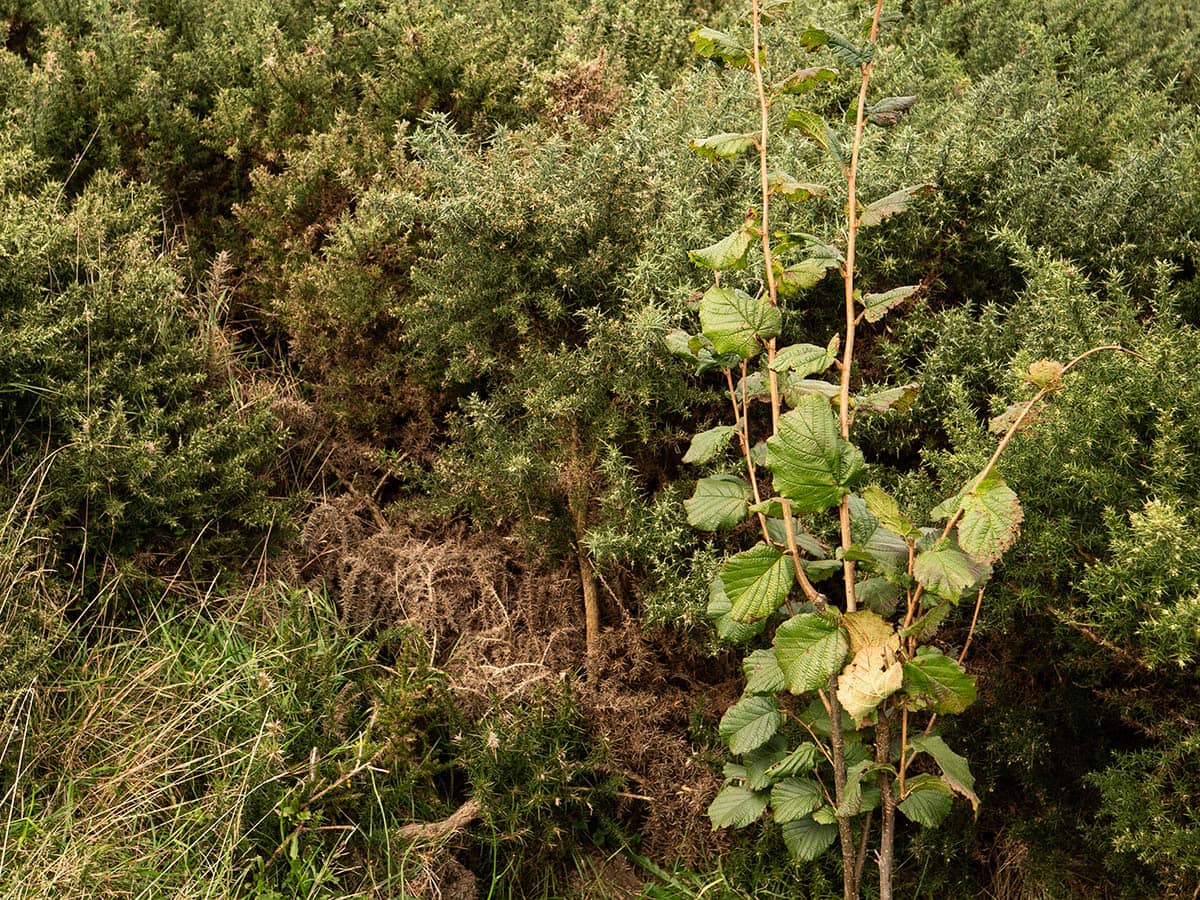
Scrub is a feature of many different environments, although in Ireland it is most associated with the marginal uplands, or along the coast (as well as the Burren in Co. Clare). Gorse is a nitrogen fixer; therefore, thorny scrub containing this species helps builds soil health and prepares the ground for pasture woodland to develop. While Flowering scrub is extremely important for pollinators, particularly in spring.
While in the UK many species of conservation importance are associated with scrub habitat, including 44 nationally scarce plant species, 281 rare, vulnerable or endangered insects, and 39 birds classed as priorities for conservation or of conservation concern; and the picture in Ireland is likely to be similar.
The invertebrate fauna is one reason why scrub is important to many bird species, particularly for feeding their young in spring, but birds also locate their nests in scrub, roost in scrub and forage for berries in late summer, autumn and winter. The bird species vary by the composition and age of scrub and by its associated neighbouring habitats, such as grassland or woodland.
Some rare but celebrated species, such as yellowhammers, whitethroats and nightjar, are scrub-dwellers, the whitethroat especially favouring dense scrub. Many more familiar garden songbirds, such as the song thrush, blackbird and blackcap will also nest in, and sing from, scrub. Latter-day Scandinavian raiding parties of fieldfare and redwing seek out the treasure of red hawthorn and other berries in winter.
Reptile species such as the common lizard and slow worm are associated with scrub habitat. Both will burrow into leaf litter, bask in sunny open spaces and take cover or hibernate in deadwood. A mosaic of scrubland, woodland and grassland habitats are important for these animals.
14 August 2024
Nature at its best, allowing the heather and gorse to take over, providing an ideal habitat for birds and insects.
18 January 2024
Scattering crab apples into areas of gorse scrub
Recieve detailed updates by joining Wild Gaia
Help support us by sharing the project
Make a direct contribution to the project
. The initial approach to scrub enhancement will involve:
We plan to undertake this work between autumn 2023 and spring 2024, together with conducting initial biodiversity surveys to determine a “baseline” against which future changes to biodiversity can be measured.
The Wild Gaia Thorny Scrub project will be sited across the marginal uplands of rural Ireland where a mixed mosaic of scrub and acid grassland habitat can act to protect a diverse assemblage of herbaceous plant species which struggle to survive in open grassland where they may be grazed. Scrub provides a food source and shelter for a large number of mammals, birds and invertebrates, which may eat leaves, bark, fruits, flowers, nectar or dead-wood and leaf litter.
Among the mammals, hedgehogs use scrub for daytime shelter and winter hibernation. They also favour scrub where it has neighbouring grassland, woodland or hedgerows for night-time foraging. Hedgehogs have been in decline in Ireland for many years and current research shows populations have fallen more in the countryside than in urban areas in recent years. Habitat loss in the countryside could be a factor. Dormice are another at-risk mammal species. They favour connected areas of diverse scrub for foraging and nest-building.
Scrub often develops in one form or another where open land is left to nature and so rewilding projects around the country are providing test cases for the benefits of scrub succession on biodiversity. Some of the results have been astonishing; such as the Knepp estate in southern.
Thorny scrub is a habitat comprised of woody, often small thorny trees such as hawthorn, blackthorn, and gorse. It also frequently contains, bramble, dogrose, alder and ivy. It can act as a nursery for sapling trees, such as birch, willow, sycamore, oak and ash; as the thorny thickets provide protection from browsing animals. In fact, in the past thorny scrub was referred to as the nursery of the oak.
Its margins, and the clearings within it, support a range of herbaceous plants less suited to open grassland while its spikes and tangled branches provide a haven for nesting birds, small mammals, numerous beetles, moths and other invertebrates and even the odd lizard.
Thorny Scrub - The overlooked biodiversity goldmine.
Across many regions of Ireland there has been much controversy regarding this habitat. It is frequently grubbed out and burned, in order to clear land for agriculture, or because it is seen as untidy. While large blocks of gorse are often burned standing, which has led to a number of uncontrolled wildfires burning hundreds of acres of land. Both these practices are devastating for wildlife.
Untidy, unprotective and abandonment
Scrub is often seen as untidy and invasive. In rural Ireland, it is widely cleared, and even the more acceptable, tidier face of scrub – the hedgerow – is also in long-term decline. In our towns and cities, it is often scrub species that are the first woody plants to colonise the kinds of derelict sites that people usually consider to be eyesores. Yet, in doing so, they can help make such places more biodiverse than much of the intensively managed Irish countryside.
Tidiness is a culturally conditioned concept for a modern human environment which has no logic in the natural world. It is not only not useful, but actually damaging for our wildlife. Creatures cannot readily live in places with hard landscaping, mown ground, vast acreages of monoculture cropland, places with fences rather than hedgerows, where the wild-grown plants are weeds to be eradicated and the insects are pests to be destroyed.
Scrub is a symbol of letting go, of releasing the shackles, of letting nature have a freer rein. There are wild things out there that desperately need it. Turn away from tidy and find the wild! Learn to love the scrubby untidiness, it’s also good for carbon sequestration!
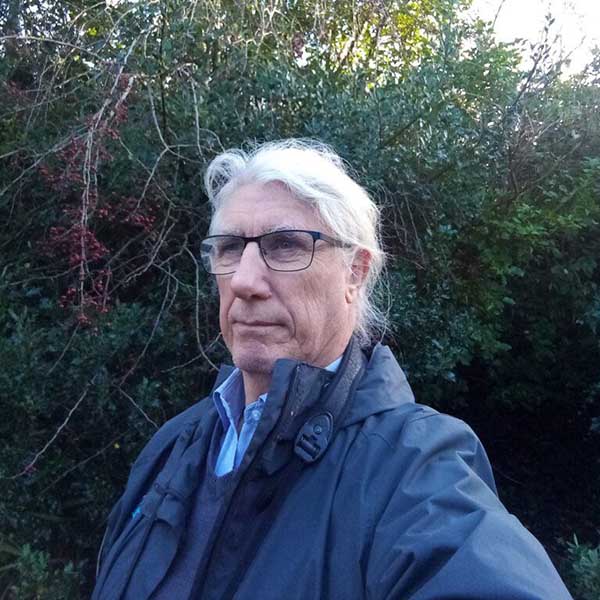
brian sutton
Senior Ecologist
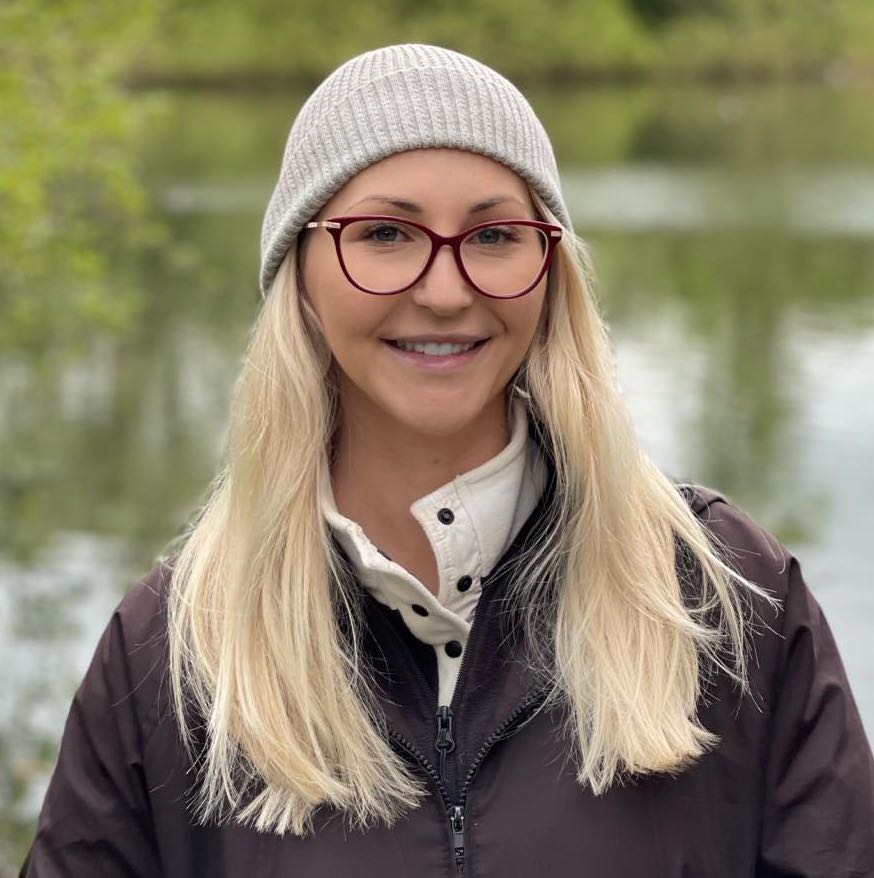
catriona porter
Ecologist
Cliodhna Loughran
Research
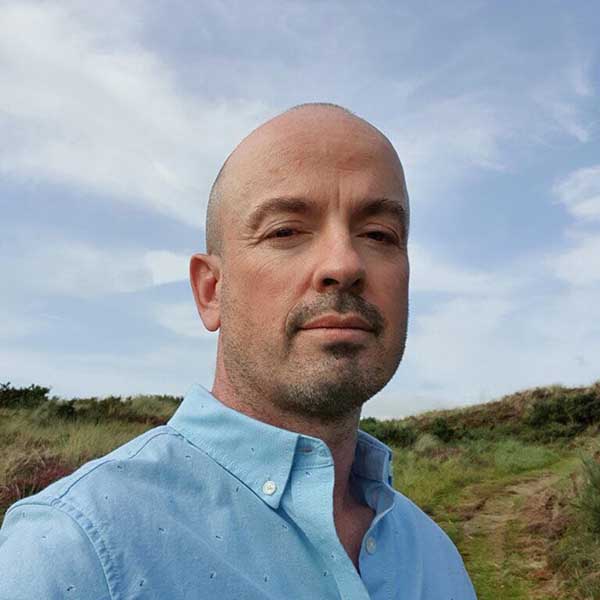
cormac loughran
Founder
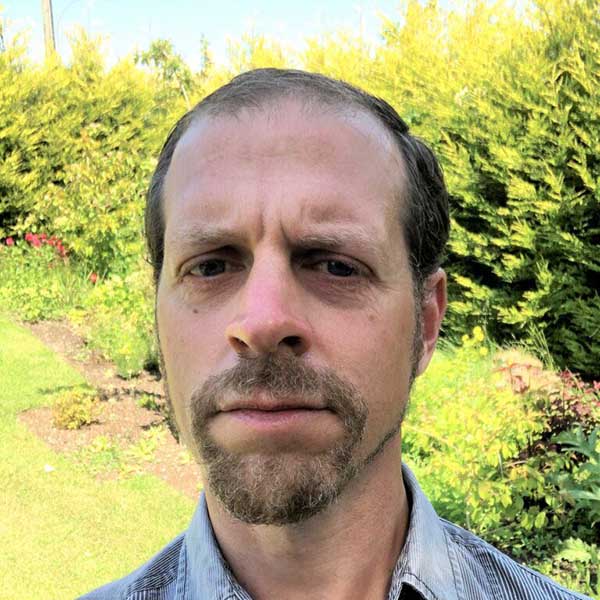
karl hamilton
Raptor Ecologist

philip leathem
Photographer / Videographer
Join us and become part of a community committed to restoring Ireland’s natural beauty: